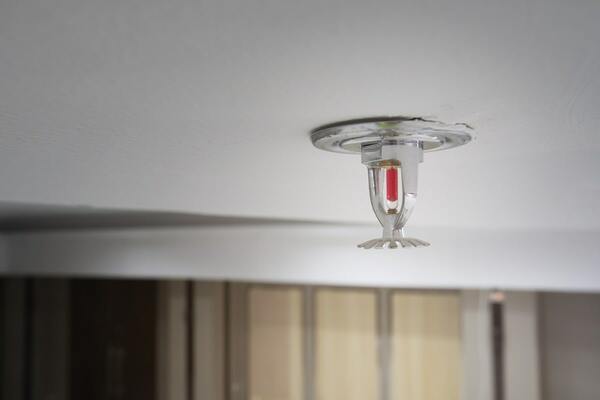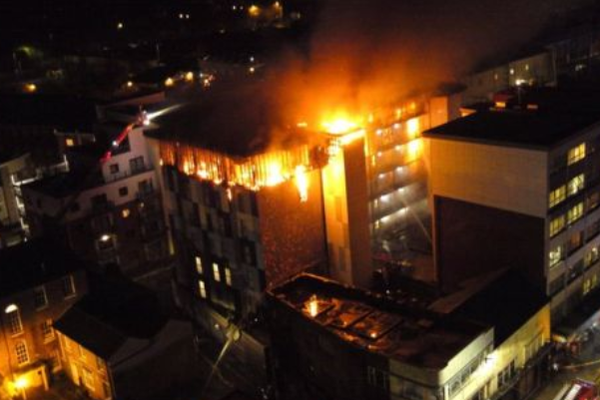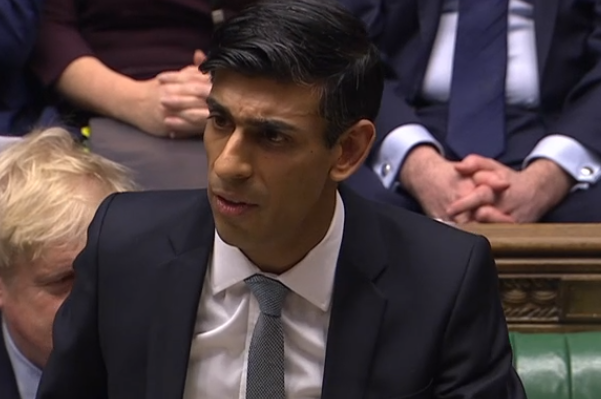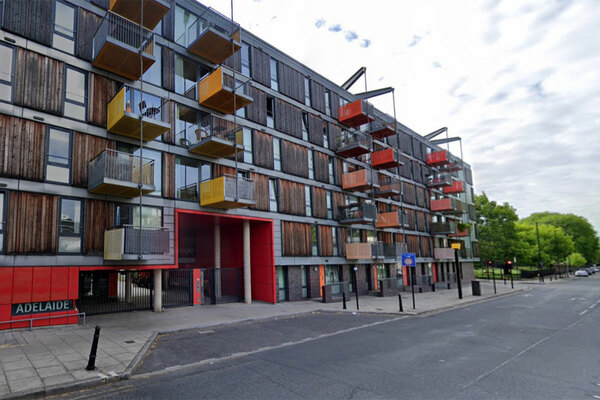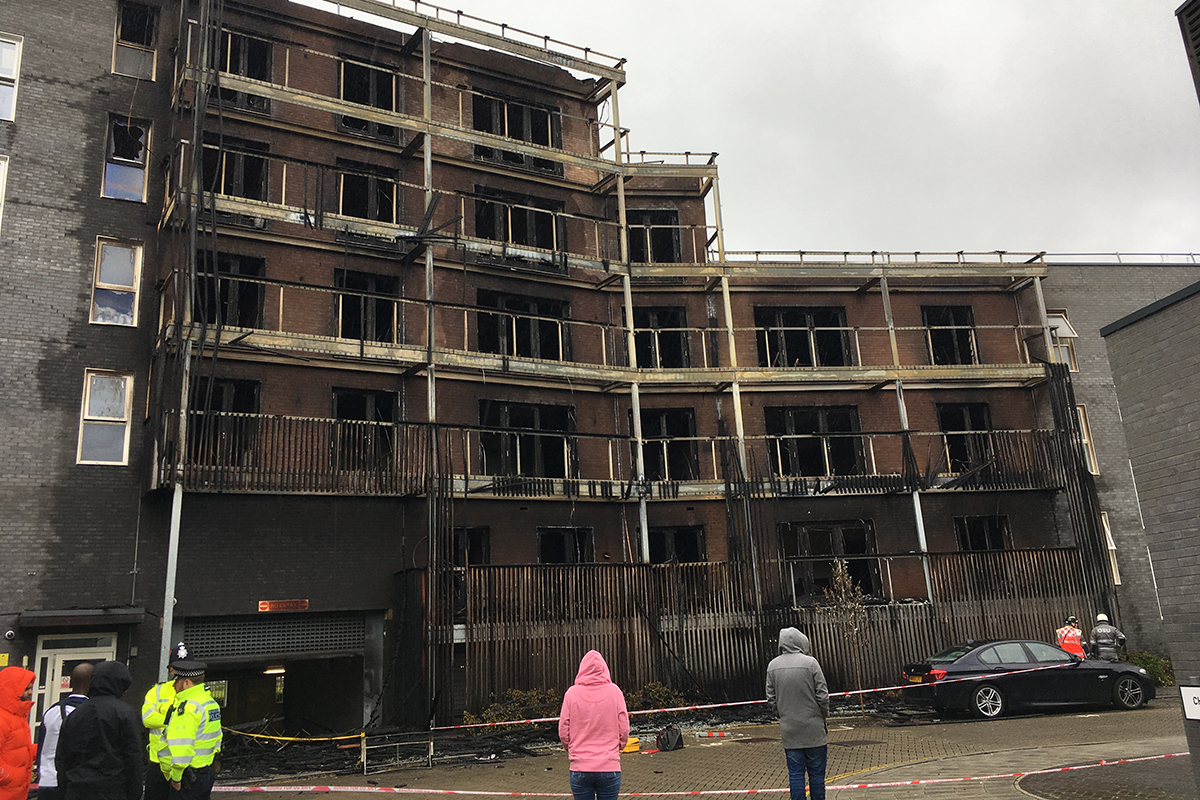You are viewing 1 of your 1 free articles
What did we learn from the recent government announcements on fire safety?
Everything except tackling the coronavirus may be on the backburner, but vital government fire safety plans have been updated. Peter Apps reports. Illustration by Getty and Press Association
What has been announced? At the start of the month the government issued a major fire safety update, which among the many other things occupying the world’s attention at the moment was somewhat overlooked. But it was significant.
First, more details on the new Building Safety Regulator, which is being set up by the Health and Safety Executive. This new watchdog will police the safety of buildings above 18m, and will keep tabs on major decisions made during the construction or refurbishment of buildings. It will also ensure residents have better access to information about the safety of their home.
Next, it was confirmed that sprinklers and better fire safety signage will be required in new buildings down to 11m in an update to the official guide to the building regulations, Approved Document B.
Finally, there were important updates about where the government is with the new building safety fund it promised at the Budget in March and its work to unstick the mortgage market.
Here we look more at what each of these announcements mean.
Fire safety is still a priority
Sprinklers must now be installed in all new buildings above 11m (picture: Getty)
Neither the establishment of the regulator nor the lowering of the height limit for sprinklers were a surprise. The government announced both in January and this serves as confirmation post-consultation that they will happen.
Both will likely be welcome steps in terms of building safety: sprinklers are not a panacea in terms of building safety, but there is a wealth of evidence to say that they prevent large fires and lives will likely be saved by their inclusion. Similarly, the screaming need for a properly equipped regulator was made more apparent with each day of the Grenfell Tower Inquiry before it was paused.
Arguably, though, both announcements point to an even more important factor: civil servants are still working on fire safety.
Across Whitehall resource and attention has been diverted to the rapid development of the necessary policies to combat coronavirus and fire safety could easily have been placed on the backburner until the world began to return to normal. That it has not is good news.
The new fund is coming soon – but has some serious limits
Chancellor Rishi Sunak (pictured) announced that the government would be creating a £1bn remediation fund for non-ACM blocks during the Budget in March
The downside to both of these policies is that they will largely ensure the safety of new buildings which – thanks to the combustibles ban – were much less likely to be a problem anyway.
The most important work is to make existing buildings safe before one becomes the next disaster, and with heightened fire risk because of the coronavirus outbreak and self-isolation, that has become even more pertinent.
So, all eyes turn to the £1bn fund for remediation, on which there was both good and bad news.
The good news was a welcome announcement that the fund will open in May: having been announced in the Budget in March, this is about as fast as anyone could reasonably expect the fund to start operating and is further evidence that fire safety is not going to be sidelined by Whitehall during the pandemic.
But the bad news is the government is showing no sign of budging on the strict limits on its scope.
The BBC was briefed after the Budget that buildings below 18m may qualify for funding on a case-by-case basis but this fact – which the government was never willing to confirm to Inside Housing – has been flatly ruled
out by the latest update, with an added statement that it will not be extended: “We are clear that the unprecedented total investment to support remediation of… buildings above 18 metres will be the limit to the government’s funding support.”
This means first that all those leaseholders in buildings below 18m will most likely have to foot the bill themselves, or be left bankrupt and homeless by the cost. There are 100,000 buildings between 11m and 18m and many will require remediation. This is an awful lot of people who will not be helped.
Furthermore, many fire safety costs extend beyond cladding removal. Those residents paying an additional mortgage for the waking watch and insurance costs on their block had hoped for some government support – particularly given the coronavirus outbreak. Others who face remediation costs for issues such as missing fire breaks or internal defects also look set to be excluded from the fund.
We still don’t know the size of the problem
Last summer, the government instructed local authorities to collect data on all private blocks above 18m within their boundaries, to build up a national picture of non-aluminium composite material (ACM) clad buildings.
The deadline for completing this crucial work was 31 March, but – as Inside Housing revealed in January – the collection process was going badly with more than 70% of blocks unidentified. Local authorities complained that they did not have the powers or resources to force private building owners to release the information.
Read Robert Jenrick's full letter here
These fears appear to have materialised: the deadline has passed and no nationwide data is yet available about the scale of the building safety crisis outside ACM. This is an important omission: it means we have no real idea of the scale of the problem, how long it will take to solve or whether the £1bn fund will be sufficient.
Housing secretary Robert Jenrick’s letter announcing the changes said “this work continues”, and added that “we encourage local authorities and housing associations who have not yet submitted their data ahead of the deadline to do so as quickly as possible”.
The Scottish government recently completed and published this work and several Australian states which were more proactive have managed to gather this data and have moved on to the next phase of making them safe. That the English government has not, almost three years after the Grenfell Tower fire, is not a good look.
The static mortgage market problem has not been solved yet
Leaseholders living in Adelaide Wharf in Hackney (above) are currently unable to sell because of the mortgage crisis (picture: Google Street View)
A major source of stress for flatowners at the moment is not necessarily the knowledge that they definitely do have dangerous cladding on their buildings, but the lack of knowledge about what actually is there.
Government advice notes insisting all buildings down to 11m must have non-combustible facades or be justified through large-scale testing has kicked off a fully blown mortgage crisis, with flat residents unable to buy or sell until testing confirms their facade is safe.
But with limited testing facilities this has resulted in people simply being stuck, unable to sell. A recent effort to solve the problem by allowing surveyors to fill out a form confirming the facade as non-combustible has also faltered, in part because of difficulties securing indemnity insurance.
The recent updates acknowledge this problem but offer nothing new to solve it. There is hope that the announcement of the fund will give lenders the confidence to lend again (as they know the remediation will be carried out and the costs covered), but with its limits and the lack of information about how many buildings it must be spread between this seems optimistic.
A “round table with mortgage lenders” is promised for buildings below 18m and “work with the [insurance] industry to consider potential solutions” is offered for the indemnity issue. As before, the good news is that this is still being thought of. The bad news is that it doesn’t appear close to any real answers.
The combustibles ban is still to come, with all eyes on timber
The fire at Samuel Garside House in Barking (above) was spread as a result of timber balconies and cladding (picture: Nathaniel Barker)
The next big step in the fire safety picture is a consultation on whether to lower the combustibles ban to 11m.
Broadly, this is a non-controversial decision but one aspect is proving very contentious.
Banning combustibles from walls would mean an end to the use of manufactured timber and if the combustibles ban comes down to 11m that could be the end for the cross-laminated timber industry.
Furious lobbying from the timber industry for an exemption is under way and the deadline for the consultation has been pushed back to 25 May. It is worth keeping an eye on.
Sign up for our daily newsletter
Already have an account? Click here to manage your newsletters


